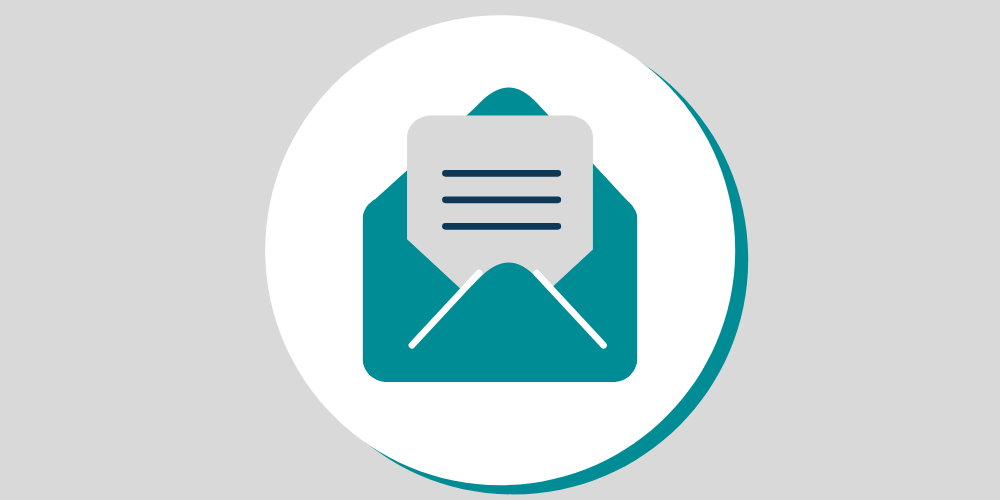3 things Life Science Marketers can learn about effective presentations by watching Joe Smith wash his hands
By David Chapin
Four and a half minutes. That’s all it took Joe Smith to effectively change how I wash and dry my hands. Many in the health and life science marketing space could learn a lot about making effective presentations from Joe. Here are three key points:
- No Powerpoint necessary
- Get the audience involved
- Leave them wanting more
No Powerpoint necessary
Smith’s simple Ted Talk now has over 1.5 million views and he didn’t use one Powerpoint slide. There’s no “deck” either, unless you count the stack of paper towels Joe uses for demonstration. Just a guy, with a point to make and a bowl of water and a stack of various paper towels.
More often than not, people in the business of marketing scientifically based products and services tend to overdo it on the presentation of facts—why show one slide when I can show 5? Why show one graph when I can show twelve? We tend to want to back up all of our claims with evidence and supporting facts and numbers and charts, ad infinitum. Certainly there are times to overwhelm with evidence, but an initial sales or capabilities presentation or tradeshow talk is usually not the place to do so. Leave the preponderance of evidence to the white paper or journal article or scientific paper and use the presentation to intrigue. Show one amazing fact—leading with it is best. Back it up with a case study or a story, then you’re done. Inform only as much as is necessary. Intrigue more.
Remember Homer and begin in medias res
Unless the presentation is specifically about your life story or accomplishments or qualifications or whatever, the beginning is not the place to ramble on about how many degrees you have, where and how many times you’ve been published, who you’ve worked with, the color of your first lab coat or whatever else you feel you need to do to explain why you are qualified to give this talk. Just jump in. Borrow from the classics and start in the middle. Even better, borrow from journalism and start at the end.
Joe Smith leads with a big fact—”571,230,000 pounds of paper towels every year” —a huge number that sounds huge and specific and real enough that most everyone can immediately go “wow.” And he didn’t need Powerpoint to validate it, though if he had used Powerpoint, that big number would have made a fantastic opening slide. The right pictorial representation of 571 million pounds of paper towels would have been even better. Just start with something that grabs the audience and then keep things moving. And like Joe, be energetic and a little theatrical if you can pull that off.
Get the audience involved
Big auditorium, small conference room, quick Webex, whatever the venue and size of the audience, you want to get them interested quickly and get them “on your side.” Joe Smith actually splits the audience in half and gives them simple instructions, “you guys say, ‘Shake,’ you all say, ‘Fold’” and the audience plays along. He grabs their attention quickly by starting in the middle and then moves things along with tangible illustrations repeated over and…(then he stops). It’s a 4 and a half minute talk and that was all he needed to make his point. That’s the point.
In that short time Smith gets the audience involved and doesn’t waste their time. If everyone is expecting 30 minutes and a Powerpoint and you show up with a basin of water and paper towels, you’ll be memorable. I’m not suggesting that you give talks about hand washing when your audience is expecting a presentation on asthma genetics. However, if you have the opportunity to surprise or disarm your audience in some way that makes a point, then you will be much more memorable.
Make it tangible
One of the most powerful tools you can use in presenting is to make things tangible, to use real life examples to make your point. If your presentation is about doing something particular and it’s possible to demonstrate it, then do so. Show! Don’t tell! And if you can get the audience to participate, (put your right hand in, put your right hand out) even better. If it’s a more traditional type of presentation than Joe Smith’s hand-washing, then think about real life examples, case studies, results, etc. that will make it real to your audience. Show them.
Leave them wanting more
More than likely you are presenting as either a thought leader at a life science marketing conference or such or to win business. In almost every case the presentation is not the last time you want to deal with the audience (or client, organization, board, etc.). You want them to remember you or remember your point or to move to act in some way even if that is just to remember you. All you’ve got to do is intrigue and get across a few salient points.
Tell them what you want them to remember or like Joe, tell them exactly what they will remember. And make this takeaway short and sweet. Joe Smith says, “you’ll never pick up one of these (he shows the paper towel, instead of saying it) without thinking “Shake, Fold.” Shake, fold is his takeaway.
Jargon is usually bad, unless it’s good
Joe Smith uses a nice little trick in the middle of his presentation—I don’t think he even intended it to be impactful, but it’s led to a lot of Google searches and at least one Wikipedia stub. He throws out a little bit of jargon, “interstitial suspension” and then decides not to explain it. By being very energetic and moving the presentation along quickly, he doesn’t take the time to dive into the meaning of interstitial suspension, but it’s placement in the presentation stands out and it leaves many in the audience wanting for more (What did he mean when he said “interstitial suspension”?) It was perfect placement for a little bit of information that makes people want to find out more. Somewhere in your presentation you can allude to your (or your company’s) “special sauce” and if you do it right, the audience will want to find out more.
Lather, rinse, repeat
Since it’s a talk about hand washing, Joe quite literally lathers, rinses and repeats in his presentation. You probably aren’t making literal presentations about hand-washing. Nonetheless, whatever it is you want the audience to remember, introduce it creatively and repeat it as necessary. Your presentation may not go viral like Joe’s did, but you can be memorable and leave the audience wanting more.
To make the most of your life science marketing presentations, remember these things:
- Powerpoint is not a prerequisite for a memorable presentation
- It’s as important, if not more so, to intrigue rather than to completely inform
- Get the audience involved early and they will be more likely to remember what you have to say
- Use tangible examples to make your point—Show! Don’t tell
- Leave the audience wanting more
There’s a lot to learn about presenting from watching a good presenter regardless of the presentation topic. Remember that TED Talks and YouTube can be a great source for “best in class” presentation ideas.


